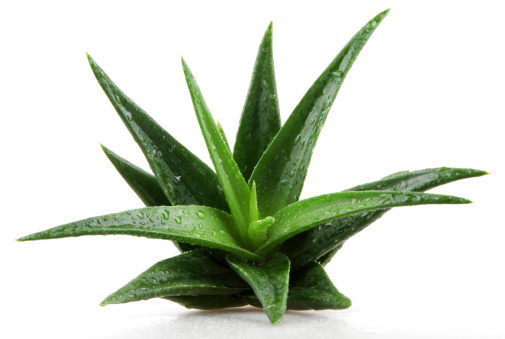
BAPP Publishes Aloe Vera Adulterants Bulletin

Liquids, gels, and powders obtained from aloe vera leaf are widely used in a variety of markets, the statement notes, ranging from personal care to the food and beverage industry. The total global market value of aloe gel was estimated at $507 million in 2017.
Aloe vera derivatives are rich in polysaccharides, which, the statement notes, are difficult to analyze, and are therefore generally measured using unspecific methods such as spectrophotometry or conductivity. Fraudulent suppliers can take advantage of these test methods to dilute aloe polysaccharides with low-cost carbohydrates such as maltodextrin or sucrose.
The new bulletin, by Ezra Bejar, Ph.D., an expert in botanical research based out of San Diego, CA, lists the known adulterants, summarizes current analytical approaches to detect adulterants, and provides information on aloe vera. It was reviewed by 27 experts from the nonprofit research sector, trade organizations, and the herb industry.
Mark Blumenthal, founder and executive director of ABC and founder and director of BAPP, said in the statement: “Because many aloe materials are in liquid or gel form, it is relatively easy for unethical aloe producers to ‘stretch’ the aloe material by adding low-cost liquids and various types of sugars to the ingredients to increase profits. By providing this bulletin to responsible members of the herb, personal care, and cosmetic industries, BAPP hopes to reduce the amount of cheap, adulterated, and presumably ineffective aloe materials going into consumer products.”
This bulletin,and the other 17 in the series of BAPBs, are accessible to all members of the public on the program’swebsite, although registration is required.
Related Articles

The editorial team at WholeFoods Magazine has decades of experiences reporting on natural products industry news, trends, and more. This national, monthly business-to-business magazine has been published continuously for nearly 40 years (the magazine was founded in 1977, and has been owned by Wainer Finest Communications since 1984). It is the longest-tenured media outlet of its kind in the natural products industry. The editorial focus at WholeFoods Magazine is, and always has been, on informing and educating members of the natural products industry.
The Magazine
Information
About Us
NOTE: WholeFoods Magazine is a business-to-business publication. Information on this site should not be considered medical advice or a way to diagnose or treat any disease or illness. Always seek the advice of a medical professional before making lifestyle changes, including taking a dietary supplement. The opinions expressed by contributors and experts quoted in articles are not necessarily those of the publisher or editors of WholeFoods.







